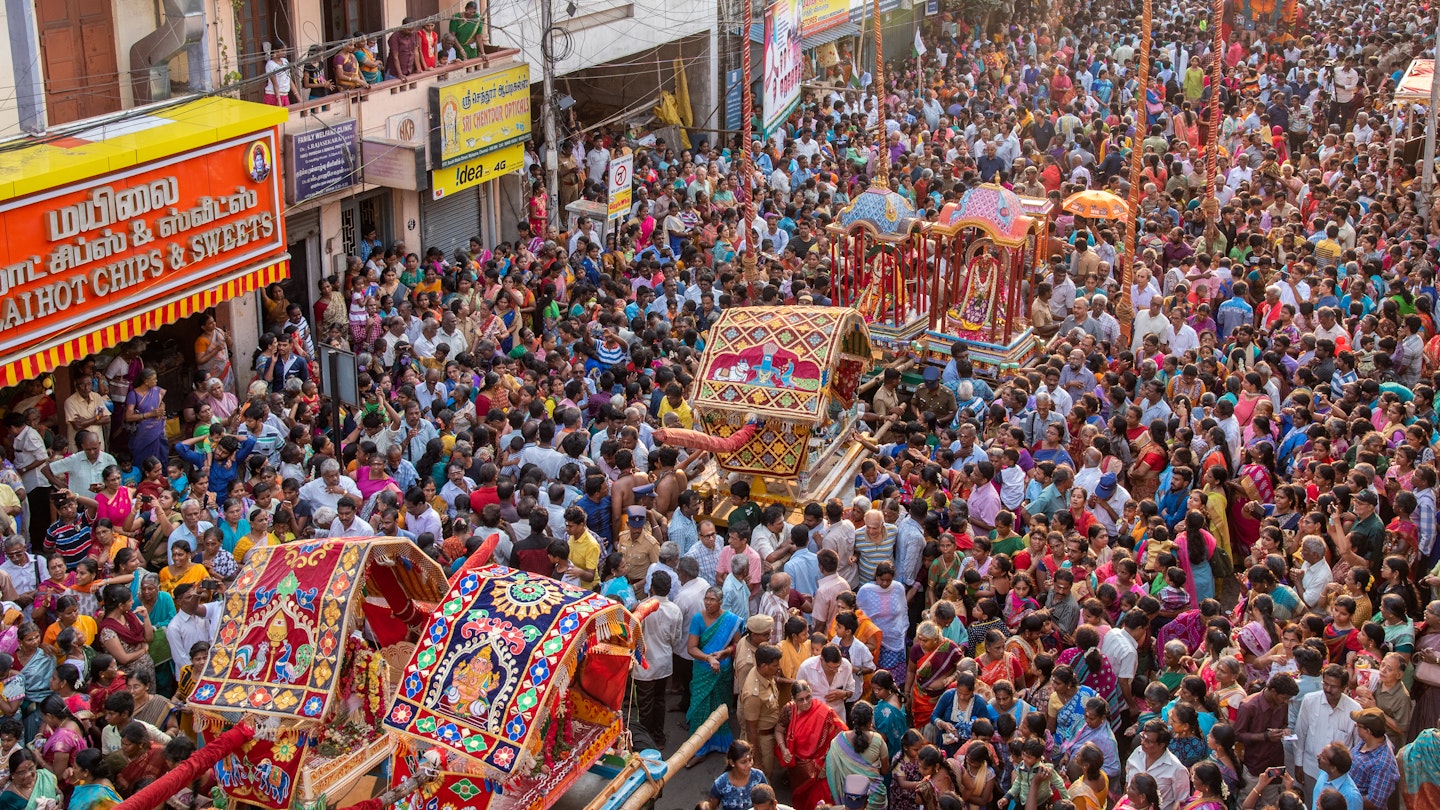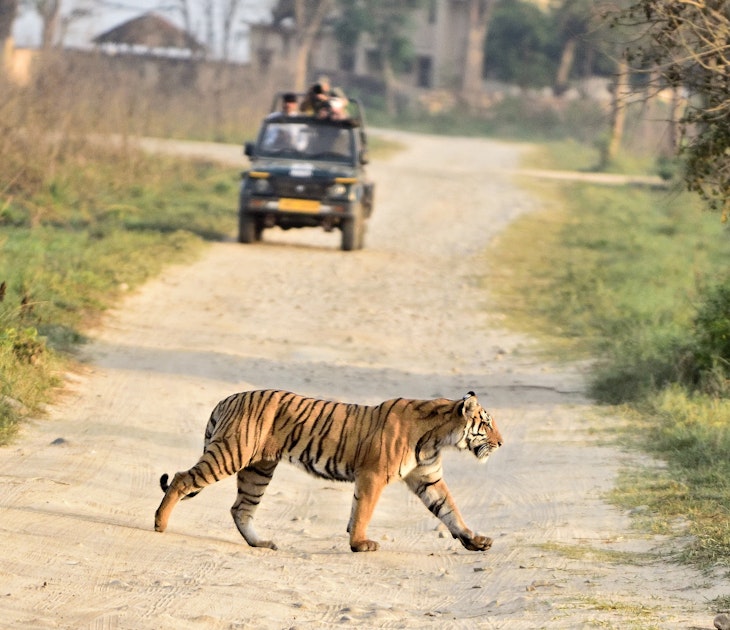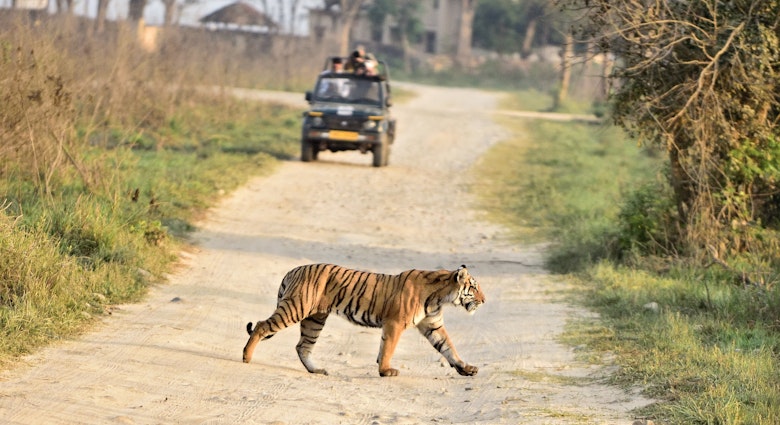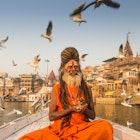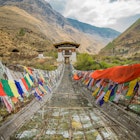Chennai, the steamy capital of Tamil Nadu, is huge, sometimes hectic, and a perfect introduction to the wonderful, frenetic energy of South India. The city sprawls for miles along one of the world’s largest urban beaches, dotted with temples, museums, Raj relics, and restaurants serving what could well be the world’s finest vegetarian cuisine.
South India’s largest city is all about atmosphere rather than paying to see big-name sights, meaning visits are rich in color but gentle on the pocket – perfect for travelers on even the smallest budgets. It won't cost you a rupee to wander Chennai at leisure, soaking up the sensations, sounds and scents of the Indian south (and if the urban sprawl starts to close in, easy day trips take in fascinating sights along the Tamil Nadu coast).
Come during the mild, dry winter months to enjoy Chennai at its best. Here's our guide to the top free things to do in Chennai.
Catch a breath of fresh air on Marina Beach
There’s no charge to wander the broad sweep of sand that marks the eastern limits of Chennai. Marina Beach is one of the longest city beaches in the world, sprawling for 13km (8 miles), and the sands are crowded with promenading locals, fortune tellers, kite flyers, fish hawkers, corn roasters and teenagers giving it their all in beachside cricket matches. It’s a fascinating place to wander early in the morning or late in the afternoon to catch the city at play.
Take a snap from the top of Madras Lighthouse
There’s a very modest 20 rupee (US$0.27) entry fee to take the lift to the top of Madras Lighthouse for panoramic views up and down the shoreline (without the rather garish red and white lighthouse marring the view). From here, you’ll get a sense of just how long and broad Marina Beach really is, while enjoying the cooling, salt-scented breezes that blow in from the Bay of Bengal. Come late in the afternoon for the best photo opportunities (there’s a small camera charge).
Soak up Chennai history in Fort St George
It’s often forgotten that Chennai – then Madras – was the first formal British outpost in India. Through negotiations with the Hindu rulers of Vijayanagar, the English East India Company purchased the rights to a small strip of land on the Coromandel Coast in 1639, and promptly constructed Fort St George to protect their investment.
Few mourned the end of British rule in 1947, and the institutions of the colonial government were quickly taken over by the new Indian administration. If you wander around inside the fort walls today, you can view the gleaming white colonial buildings housing Tamil Nadu’s state government, the engaging Fort Museum and St Mary’s Church.
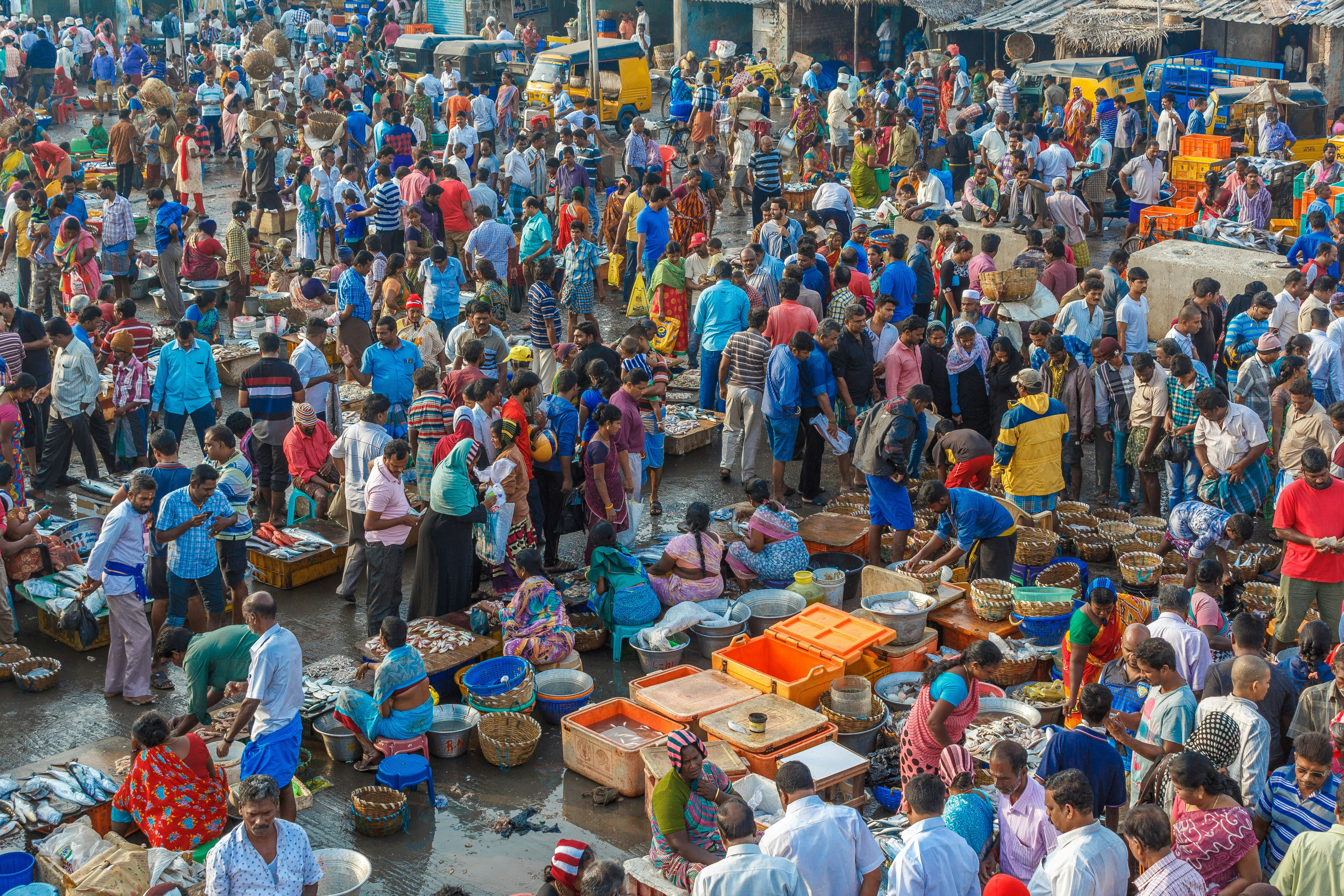
Hone your haggling skills at Pondy Bazaar
The rainbow-colored bazaars around the affluent neighborhood of T Nagar are thronged by shoppers bargaining for silk saris, slippers, glass bangles, gold wedding jewelry and other sartorial essentials. The whole district is crammed with stores and stalls, and the crush of people can be unbelievable at times, but the streets are a carnival of color.
Pondy Bazaar is the center of the action for clothes and accessories, while the area around Panagal Park is famous across India for its silks – one of the industries that put Chennai on the map. Come to people-watch and pick up a sari, kurta (long shirt) or salwar kameez (shirt and trouser combination).
Visit a guru at home at Vivekananda House
Built as an extravagant storage room for ice imported by sea from America, this marshmallow-pink pavilion was used as a meditation space by Swami Vivekananda, India’s famous ‘wandering monk’. It's still a popular spot for devotees of the guru today.
Born in 1863, Vivekananda played a pivotal role in raising awareness of Hinduism and yoga in the Western world, traveling by ship to appear at the Parliament of the World's Religions in Chicago in 1893. For a minimal 20 rupee (US$0.27) fee, you can see the Swami’s chambers and exhibits on his life, including photos from his two tours of America.
Take a mindful moment at Sri Ramakrishna Math
Orange-robed monks wander the flower-scented precincts of this famous Mylapore spiritual center, dedicated to the teachings of the 19th-century guru, Sri Ramakrishna. Despite his austere lifestyle, the Bengali saint was hugely influential amongst India’s elite, and the Ramakrishna Math organization was founded by his disciple, Swami Vivekananda, to spread word of his teachings across India.
Visitors of all faiths are welcome to explore the campus and pray and meditate at the salmon-pink Universal Temple, which incorporates design elements from all of India’s major religions.
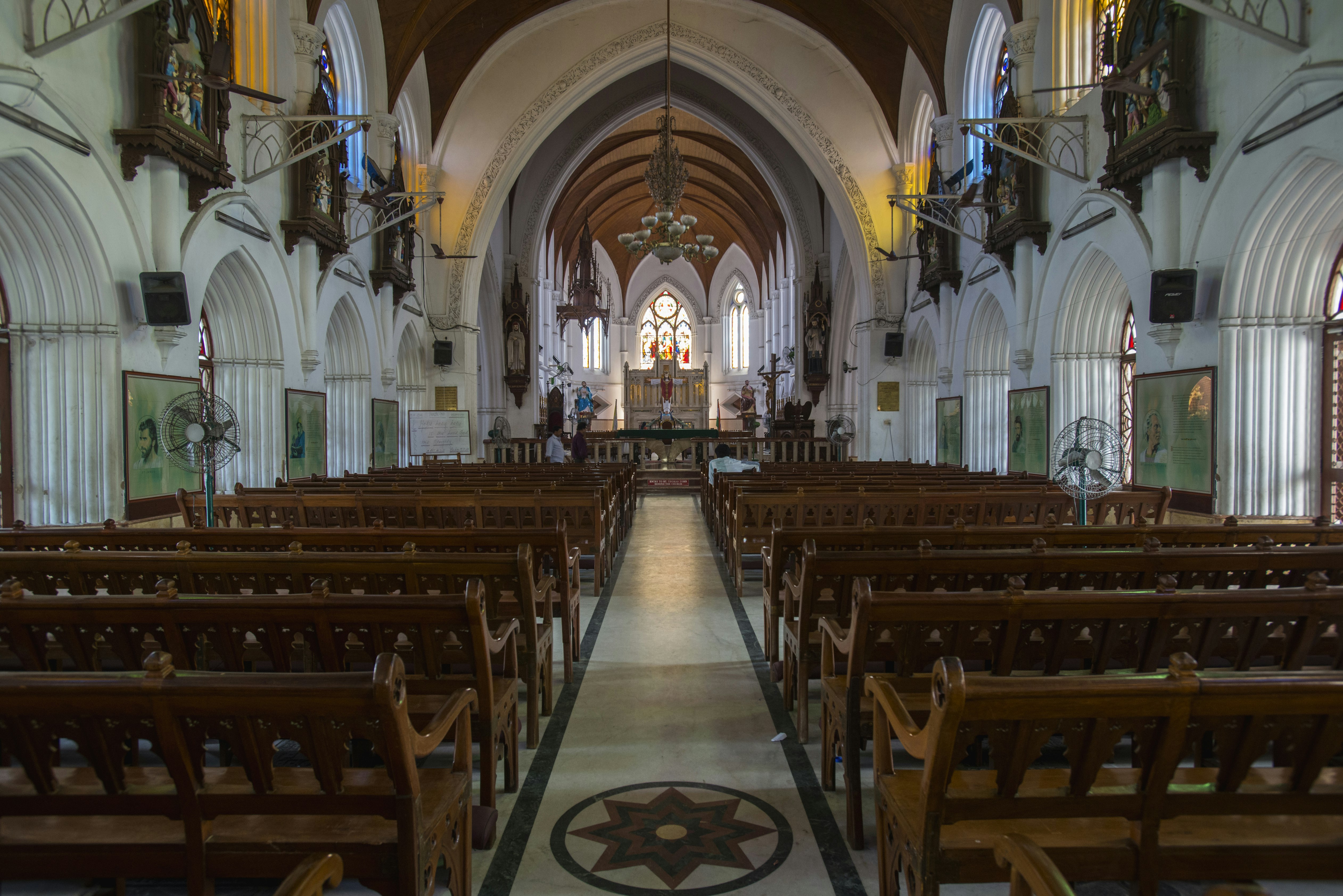
Follow in the footsteps of an apostle at San Thome Cathedral
According to Chennai legend, the Apostle Thomas – of Bible fame – ended his days on St Thomas Mount in Mylapore in CE 72, after being fatally speared by villagers who objected to his attempts to convert the local population.
Marking the site of Thomas’s tomb, and enshrining a relic from the saint, the ice-white cathedral is a British creation, built over an earlier Portuguese basilica founded in 1523. Visit the cathedral museum to view the head of the lance that reportedly killed the unfortunate apostle.
Look out over Chennai from the top of St Thomas Mount
Rising inland from San Thome Cathedral, St Thomas Mount is more a hill than a mountain, but this green vantage point is said to be the spot where the Apostle Thomas was martyred in CE 72. From the hilltop, there are sweeping views over the city and Chennai airport, and you can see a fragment of the saint’s bone in the squat, Portuguese-style Church of Our Lady of Expectation, built in 1523. The walk up here will also lift you high above the city’s noise and smog.
Explore new spiritual avenues at the Theosophical Society
The calm, tree-covered grounds of the free-to-visit Theosophical Society are a green oasis away from the rumble of traffic and the screech of car horns. The society was founded to promote the principle of universal brotherhood and uncover the shared truth in all religions, and dotted around the campus are a church, mosque, Hindu temple, Buddhist shrine and Zoroastrian fire altar, plus the Adyar Library, with reams of scriptures and philosophical texts.
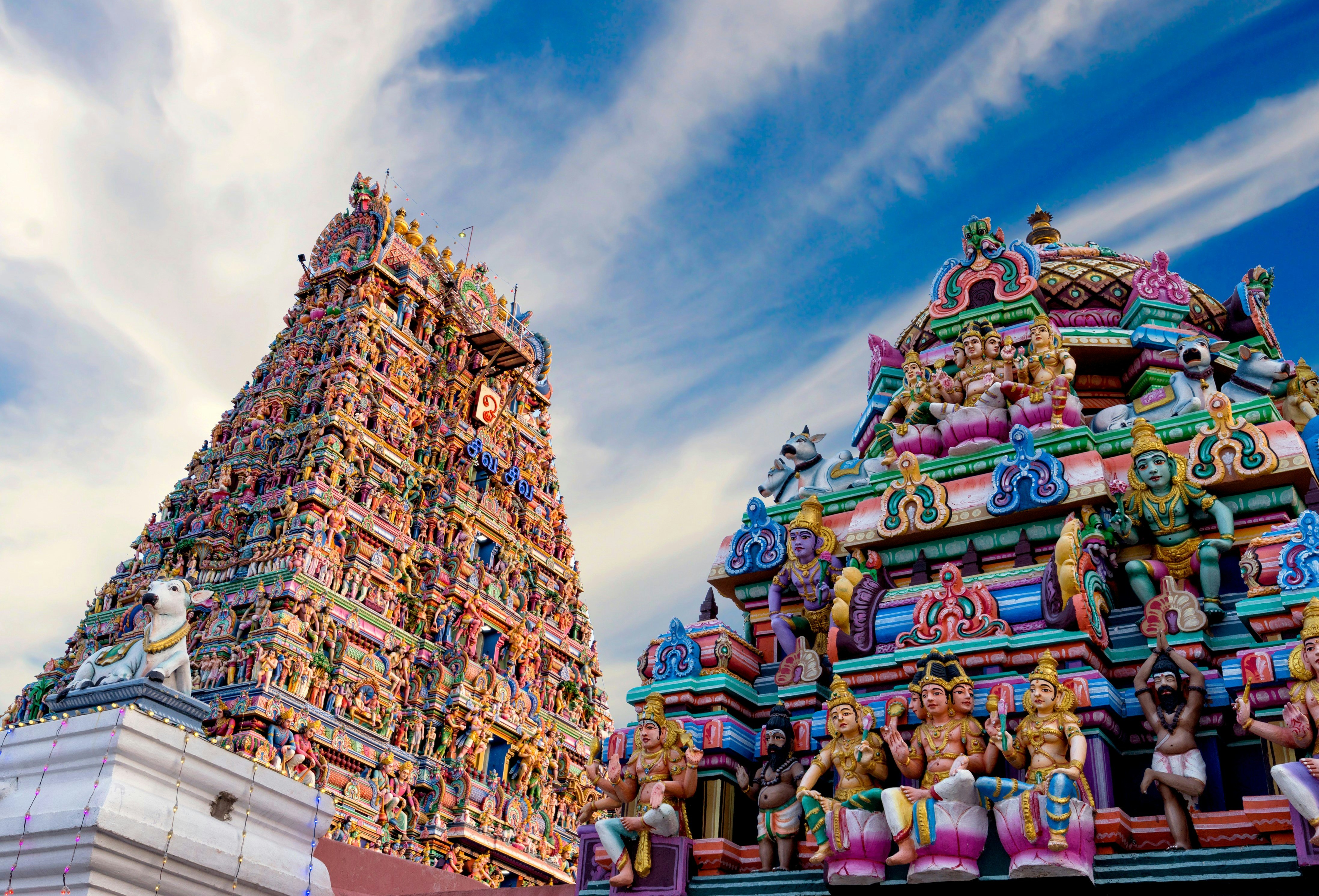
Be blown away by the peacock colours of Kapaleeshwarar Temple
The temple that gave Mylapore its name – literally, town of peacocks – soars above the city streets like a wave. The temple’s rainbow-colored gopurams (towers) are adorned with vividly painted carvings of thousands of Hindu deities, and a shrine within the complex marks the spot where Shiva turned his wife, Parvati, into a peacock as a test of her devotion. It's free to visit, but you'll be encouraged to make a donation.
The 40m-high eastern gopuram is still one of the tallest buildings on the Mylapore skyline and behind the temple is a vast ceremonial tank ringed by ghats. It's worth coming at any time of year, but if you visit in March or April, you may catch the flamboyant Brahmotsavam Festival, when the temple deities are paraded through the streets by rapt devotees.
Pay your respects at the Parthasarathy Temple
Triplicane’s towering Parthasarathy Temple was founded in the 8th century, and some of its ornately carved masonry inside dates back to the original temple raised by the Pallava kings of Kanchipuram. Inside, shrines celebrate five different incarnations of Vishnu, including his manifestation as the charioteer Parthasarathy, recorded in the Hindu epic, the Mahabharata.
Temple priests offer blessings in the mandapa (pillared hall) and devotees feast on the temple’s famous prasadam (ritual food), which includes a host of sweet rice treats. The towering gopurams were added in the 16th century by the rulers of the Vijayanagar empire, centred on Hampi in Karnataka.
Admire the hybrid architecture of Madras High Court
The cherry-red spires of Tamil Nadu’s high court were raised by the British architect, Henry Irwin, who was also responsible for Mysuru Palace and the Viceregal Lodge in Shimla, which may explain the kleptomaniac architectural style.
You can only admire this extravagant monument from the outside, but the court is a glorious confection of Islamic onion domes, minaret-like towers, arched windows and doorways, Hindu balconies and Gothic flourishes. Completed in 1892, it’s one of the biggest judicial buildings in the world.
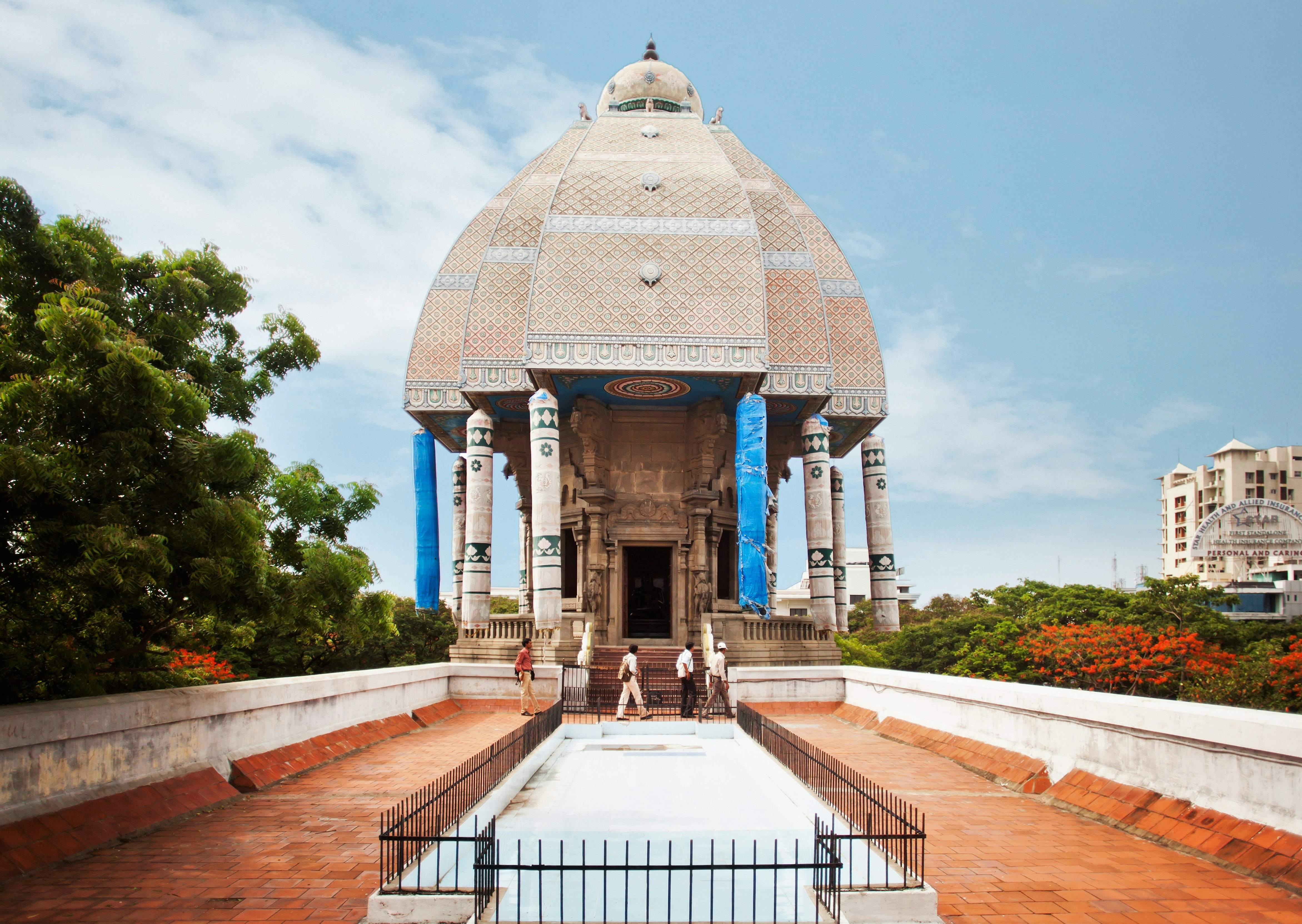
Honour a vegetarian poet at Valluvar Kottam
The curious Valluvar Kottam was built to honour the ancient Tamil poet Thiruvalluvar and his masterpiece, Thirukural, a 2000-year-old treatise on morality, ethics, non-violence and vegetarianism that has become a favorite reference text for advocates of a meat-free life.
Sitting calmly in a public park, the monument is dominated by 31m-high statue of a temple chariot pulled by stone elephants, and the full text of the poem is inscribed on granite tablets in the surrounding pavilion. Entry is just three rupees (US$0.04).
Discover vanished Chennai at the Armenian Church
Under colonial rule, only Europeans were allowed to live in the area around Fort St George, while other residents were relegated to the dubiously named ‘Black Town’ (later rebranded as George Town) including the city’s small Armenian trading community, who first came to India on foot across the Hindu Kush.
Stroll along Armenian St and you’ll find the last relic from this vanished community, the distinctive Armenian church, with its six church bells, plaster cherubs, Doric columns and whitewashed, pepperpot steeple. The church holds just one service a year, but the caretakers open up to visitors most mornings.
Escape to the air-conditioning of a Chennai mall
Chennai’s tropical temperatures can wither even the most dedicated sightseer, so beat the heat in one of the city’s air-conditioned malls. Express Avenue in Royapettah offers the full international shopping experience, complete with global luxe brands, courtyard music and dance performances and fashion shows.
You’ll get a similar mall package at the ritzy Phoenix Market City – a great place to window shop for the latest fashions from big-name Indian designers such as Ritu Kumar and Manish Malhotra.
You might also like:
Celebrating Diwali: India's festival of lights
6 top day trips from Chennai for steamy southern adventures
When to go to India

